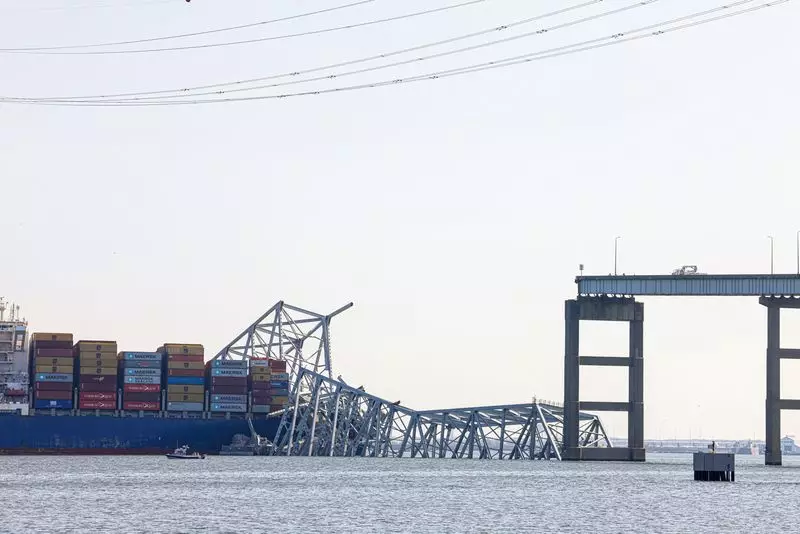The collapse of Baltimore’s Francis Scott Key Bridge has resulted in a complex and challenging recovery effort that involves the removal of debris from the Patapsco River and the reopening of the city’s blocked port. Salvage crews are working diligently to lift the first piece of the collapsed bridge to facilitate access to the disaster site. This article critically evaluates the progress and challenges faced in the salvage operation.
Challenges Faced in Salvage Operation
The salvage operation of the collapsed Francis Scott Key Bridge presents numerous challenges, including the need to remove debris from the Patapsco River’s deep-draft shipping channel to allow for the movement of the container ship that caused the collapse. Governor Wes Moore mentioned that the recovery efforts are complicated, and the conditions are too dangerous for divers to work efficiently due to the abundance of debris in the area.
Governor Wes Moore highlighted the complexity of the recovery effort, emphasizing the need to carefully cut and lift sections of the bridge’s superstructure to create a temporary restricted channel for vessels. The operation involves utilizing a 160-ton marine crane to lift a section of the bridge onto a barge, with further plans to utilize a 1,000-ton crane at the bridge site. The recovery process is further impeded by the presence of a crumpled part of the bridge’s superstructure resting on the container ship, Dali, adding another layer of complexity to the operation.
The collapse of the Francis Scott Key Bridge has had a significant impact on port operations in Baltimore, with approximately 15,000 individuals whose work is connected to the port experiencing disruptions. While other East Coast ports may be able to handle container traffic, Baltimore’s port is essential for roll-on, roll-off vehicle imports and exports of farm and construction equipment, making the recovery operation crucial for the resumption of normal operations.
In response to the disaster, the federal government has allocated emergency funds to assist in clearing debris and rebuilding the Key Bridge. Additionally, the Small Business Administration has approved Maryland’s request for a disaster declaration, enabling affected small businesses to apply for emergency low-interest loans. President Joe Biden has promised federal support to cover all costs related to the recovery and reconstruction of the bridge.
The salvage operation of Baltimore’s Francis Scott Key Bridge is a complex and challenging endeavor that requires careful planning and execution. The recovery effort is crucial for the resumption of port operations and the restoration of normalcy in the area. Despite the difficulties and setbacks faced by salvage crews, the commitment of government agencies and the support of federal funds provide hope for a successful recovery and reconstruction process.

